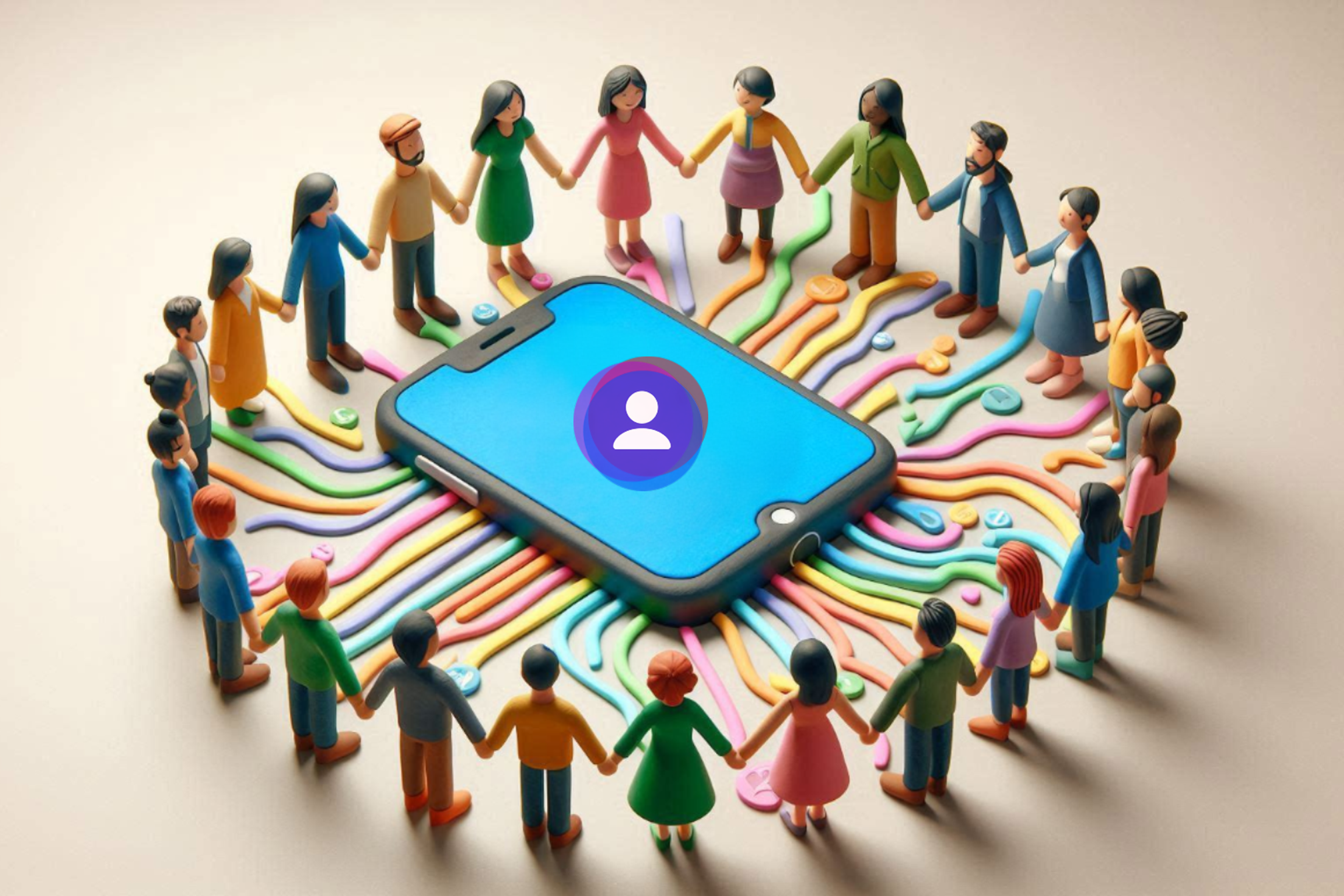Thursday, August 8, 2024
Will the real 2-way sync please stand up


In the age of cloud computing, connected devices and AI, one would expect that keeping contacts synchronized across multiple platforms would be a solved problem. Yet, despite the claims of many CRM and SaaS providers, truly reliable 2-way contact sync remains elusive.
The Current Landscape
Many services tout “contact sync” as a feature, but dig a little deeper, and you’ll find it’s a one-way street. These platforms allow you to download contacts from one system to another, but any changes made in the new system cannot make their way back upstream.
The few companies that do offer 2-way sync actually exacerbate the problem, especially when the user edits the same contact from different devices. These solutions usually resort to a time-based merge strategy, where the most recently updated contact takes precedence. This method overlooks potential unsynced changes from other versions, leading to data conflicts and loss of important information.
Introducing TitleDock
At TitleDock, we set out with a clear goal: to create a system that not only syncs data but also captures all changes seamlessly. Whether you update a phone number on iCloud or an email address on Google Contacts, these changes should merge effortlessly and synchronize across all your platforms.
The cornerstone of our product is a robust versioning system that tracks changes across all our primary data models—contacts, messages, and notes. This system allows users to revert changes if needed and enables intelligent decision-making about what the final reconciled state should be. Instead of relying on user intervention or simply elevating the most recent version, we consider the entirety of all changes over time. The final reconciled state is then broadcasted upstream to all sources, ensuring consistency everywhere.
Navigating Technical Challenges
One of the more complex aspects of building TitleDock is dealing with instabilities and anomalies across different vendors. For example, Apple’s CardDAV protocol—a remnant of the MobileMe era—is largely undocumented, making integration a challenge. On the other hand, Google Contacts tends to become sluggish when managing a large number of contacts, particularly for users exceeding 5,000 entries.
Our system must be resilient, capable of recovering from failures that require more sophisticated solutions than simple retries. We’ve engineered TitleDock to handle these challenges gracefully, ensuring that data is never lost even when underlying services are unstable.
Why TitleDock Matters
True two-way contact synchronization shouldn’t be a luxury - it should be a standard feature in all contact management software. We intend to offer a generous free-tier to all users, and integrate with CRMs and other SaaS providers to deliver this user expectation everywhere.
Your address book is some of the most valuable data you collect, it deserves a great home.